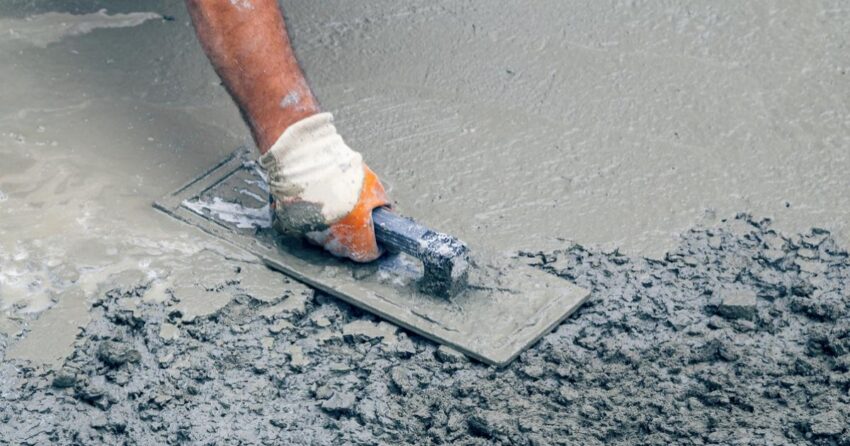Concrete stands out among other building materials for its many qualities that set it apart. As a cost-cutting material, it helps save builders money in several ways.
Insulation does not rust, burn or discolour like other materials do, and helps owners reduce energy costs through reduced energy use. Its unique qualities also make it an effective insulator.
Strength
Concrete slabs Melbourne is a robust building material that stands up well against earthquakes, hurricanes, and typhoons. Additionally, it’s fireproof and won’t rot or rust over time.
Concrete structures are highly resilient and last much longer than wood buildings, saving homeowners money on repair costs. Furthermore, this green construction material is produced locally with natural materials to minimize pollution and shipping costs while stimulating local economies.
Concrete buildings are non-combustible, helping owners reduce insurance costs for their homes. Furthermore, its minimal air infiltration helps keep indoor air cleaner and healthier for its occupants. Furthermore, its sound dampening qualities help lower noise levels within homes or buildings – especially important in hospitals where noisy commotion may impede patient recovery or distract surgeons during delicate procedures. Furthermore, its calcium silicate hydrate binder can withstand up to 910 degrees Celsius temperatures allowing more time for people to escape before fire gets out of hand than steel or wood structures do allowing people to escape quickly allowing more people to escape before it gets out of control.
Durability
Concrete is highly resilient, meaning it withstands natural disasters and extreme weather events more effectively than other materials, which helps lower costs while protecting occupants. Furthermore, unlike alternative construction materials like steel and wood trussing systems, it can be produced on-site using local resources – cutting pollution emissions and shipping costs while strengthening local economies.
Concrete doesn’t burn or rust and can withstand all forms of natural forces such as fire, wind, floods and earthquakes – leading to lower maintenance costs and insurance rates than structures made from fragile or combustible materials.
Concrete is an effective insulator, keeping interior temperatures even and relieving the strain on heating systems. Furthermore, its low permeance prevents moisture entry and increases durability of buildings constructed out of it.
Low Maintenance
Concrete stands up well under heavy foot traffic and machine traffic alike, can withstand extreme weather conditions with ease and is easy to maintain. No coating or repainting are needed to protect it against weathering, fading or wear; and corrosion from moisture damage is nonexistent. Plus, when mixed with fly ash or vehicle tires it even acts as a natural fire retardant, further increasing its safety benefits.
Locations with high risk of wildfire will appreciate the advantages of concrete. As it is highly fire-resistant, making it an excellent choice for home construction in such areas. Furthermore, concrete structures can withstand earthquake effects while their solidity helps minimize vibration transmission – an invaluable feature in hospital environments where even minor disruptions can cause strain among patients and staff alike.
Finally, concrete offers builders an advantage by being manufactured at any site requiring only water, sand, gravel and cement – significantly cutting both costs and emissions associated with transportation and pollution.


